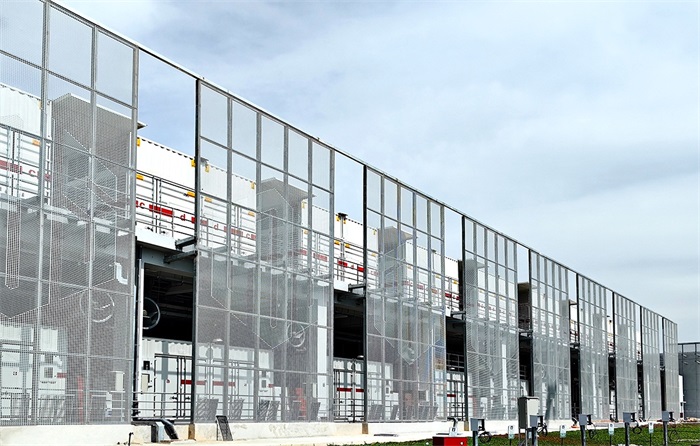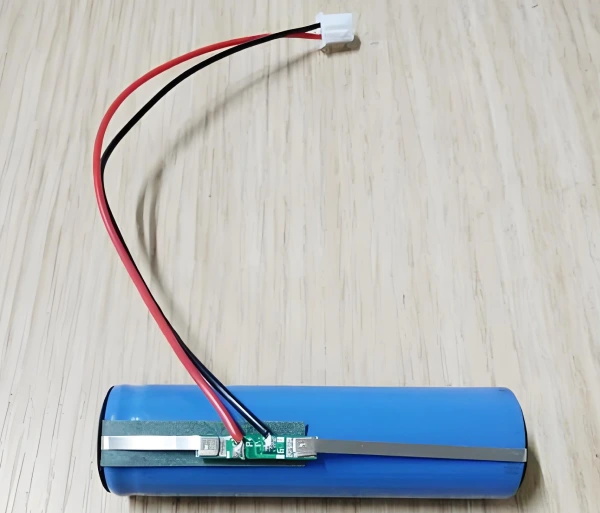Narada Power’s Digital Infrastructure Surge: In-Depth Look at the GDS Johor Bahru Phase 1 Project

As global digital infrastructure undergoes continuous upgrades, Nandu Power’s launch of the GDS Data Center Phase 1 project in Johor Bahru, Malaysia has undoubtedly captured significant industry attention. This initiative not only highlights Nandu Power’s strategic vision in the international market but also injects new vitality into Southeast Asia's digital economy. This blog post will delve into the key features, technological innovations, and potential industry impacts of this project.
Project Background and Strategic Importance
Johor Bahru, as a key economic and logistics hub in Malaysia, offers an ideal location for data center development. Nandu Power’s choice to establish the GDS Data Center here is driven by the growing demand for data processing and storage in Southeast Asia and is a crucial part of the company’s global expansion strategy. This project will not only enhance Nandu Power's competitive edge in the Southeast Asian market but also improve the region’s data infrastructure.
Project Highlights
1. Advanced Infrastructure: The GDS Data Center Phase 1 project will feature multiple high-specification data storage buildings equipped with the latest computing and storage technologies. The design meets high-density computing needs and provides high-speed network connections to support big data analytics, cloud computing, and other high-load applications.
2. Green and Sustainable Design: The project emphasizes sustainability with the use of advanced cooling technologies and renewable energy sources, such as solar power, to reduce reliance on traditional energy sources. These measures not only cut operational costs but also achieve significant carbon emissions reductions, aligning with global environmental trends.
3. Intelligent Management: Nandu Power will employ cutting-edge intelligent management systems within the data center. Utilizing big data analytics and artificial intelligence, the data center will monitor and optimize energy usage in real-time, ensuring efficient and stable operations while reducing failure rates and maintenance costs.
Technological Innovations
1. Smart Battery Management: The project incorporates advanced battery management technology to offer efficient power storage and management solutions. This technology enhances battery life and ensures reliable power supply, which is crucial for maintaining data center stability.
2. Edge Computing: The data center will support edge computing, which is essential for handling low-latency and high-data-throughput requirements. Edge computing will significantly reduce data transmission times and improve application response speeds, making it ideal for real-time data processing and IoT applications.
3. Modular Design: The modular design of the project allows for flexible and efficient construction and expansion. This design not only speeds up deployment but also facilitates future technology upgrades and facility expansions, adapting to evolving market demands.
Market Impact
The GDS Data Center’s establishment will have a profound impact on the data services market in Southeast Asia. It will enhance the region’s data processing capabilities and inject new momentum into local economic development. The data center’s operations will create numerous job opportunities and stimulate related industries, such as information technology and energy management. Additionally, the project's green design and intelligent management will set new industry benchmarks, encouraging more companies to focus on sustainability and technological innovation.
Future Outlook
With the ongoing increase in data demands, Nandu Power plans to further expand its global footprint over the next few years. The company will continue to explore strategically significant project opportunities, aligning with digital trends and market needs, to enhance its influence and competitiveness in the international market.
Conclusion
Nandu Power’s GDS Johor Bahru Phase 1 project not only showcases the company's technological prowess and strategic foresight in digital infrastructure but also revitalizes Southeast Asia’s digital economy. As the project progresses, Nandu Power will play a crucial role in the global digital infrastructure market, driving industry innovation and sustainable development.

